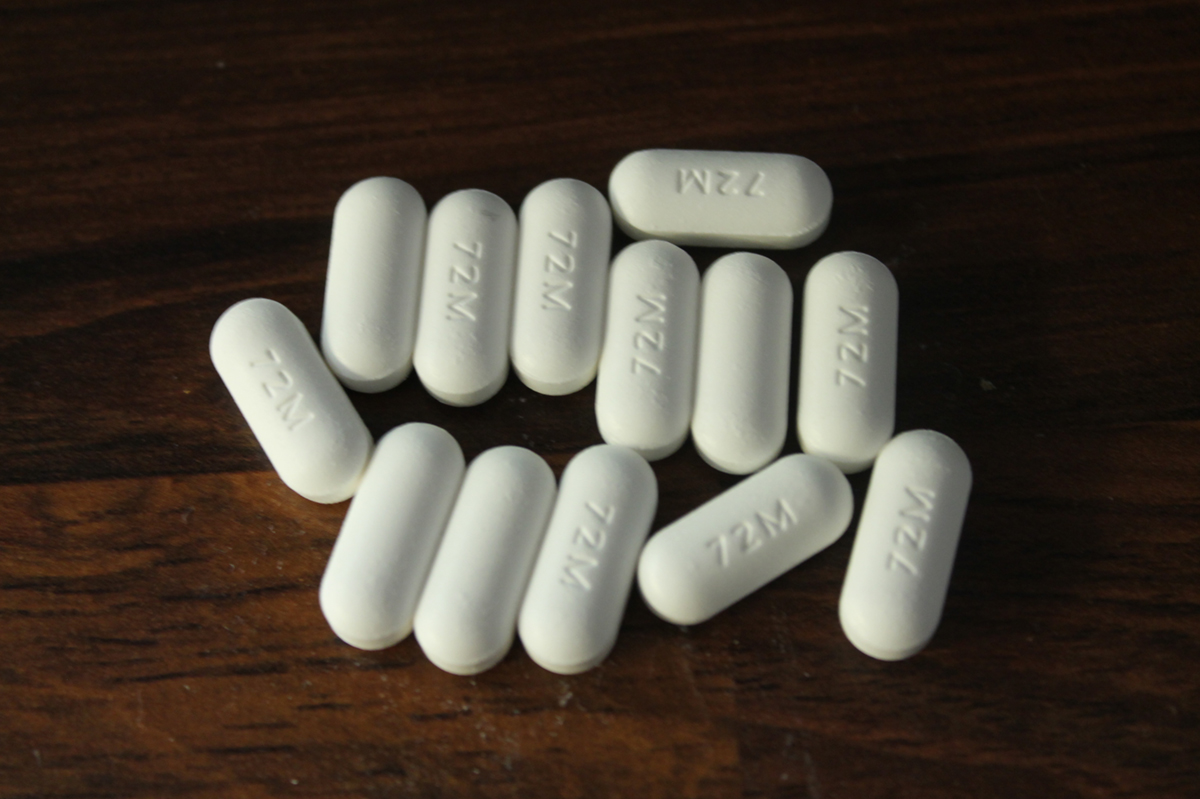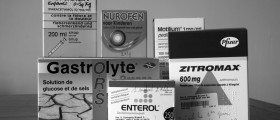
Kapake is one of the co-codamol medicines that contains paracetamol (known as acetaminophen in the United States) and codeine phosphate. They are used in cases when paracetamol isn’t able to eliminate the pain. Paracetamol and codeine phosphate, have certain side effects, especially because codeine phosphate belongs to a group of opioids. Side effects associated with narcotic properties of codeine phosphate are usually mild. Often occurs lightheadedness, dizziness, drowsiness and absence. In such cases it is recommended to avoid using vehicles and complicated machines. If these are experienced, eating small amounts of food even can increase energy level. Also, it may appear dry mouth, mild skin rash and constipation. These side effects can be mitigated by entering large amounts of liquids and soft, fiber-enriched diet. It should avoid alcohol as it increases the impact of side effects.
Codeine addiction
The most dangerous thing about using codeine phosphate is a risk of addiction. By regular use of codeine, as time passing by, the body forms a resistance to its effects, and creates a need for increased input in order to achieve the same effects. Dependency of codeine can have disastrous consequences, including death. Also, not using these drugs may have certain side effects such as headache, chronic runny nose, muscle and bone pain, nausea, sweating and vomiting.
Side effects of Paracetamol
Paracetamol is widely used as a remedy for the relief of pain. It works by decreasing the production of prostaglandins in the body which leads to reduced fever and mild pain suppression. If it\'s used in recommended dose, paracetamol has very few side effects. May appear weak abdominal pain and in rare cases, bleeding from the stomach. However, long-term use or overdose can affect the liver and cause its toxicity. If the liver is healthy, the risk of liver toxicity is low, however, if the liver is in bad condition or if the paracetamol is combined with alcohol, the risk is higher. In rare cases, it may also occur in complete liver failure.The treatment of the children younger than one also can have serious consequences for their health in later life. That means an increased risk of asthma, chronic runny nose, redness around the eyes and eczema. Statistics indicate that the risk of asthma increased by 46% in children aged 6 to 7 if they are subjected to the treatment of paracetamol during the first year of life. Percentage of risk for getting eczema and redness around the eyes is similar as for asthma.

















Your thoughts on this
Loading...